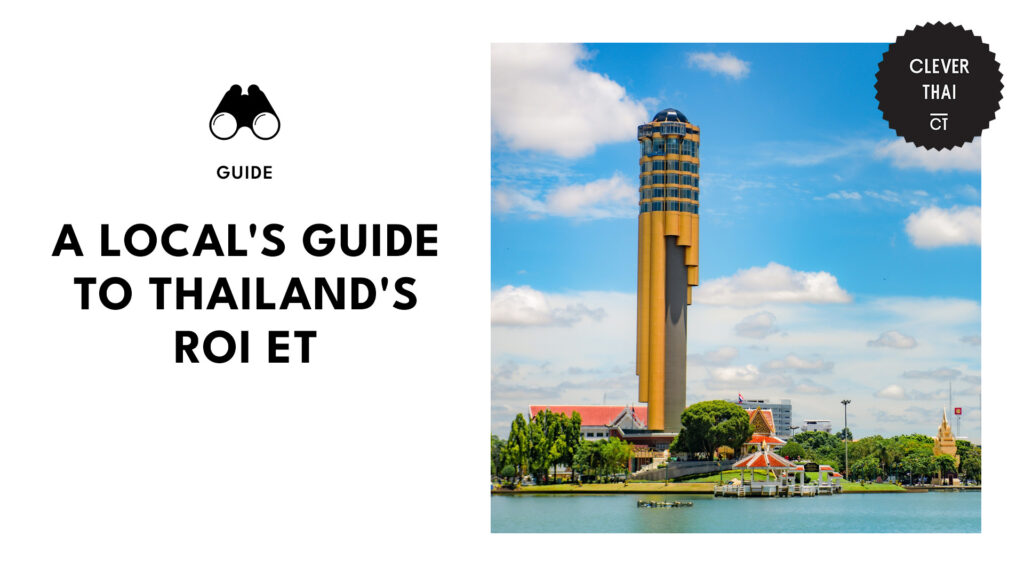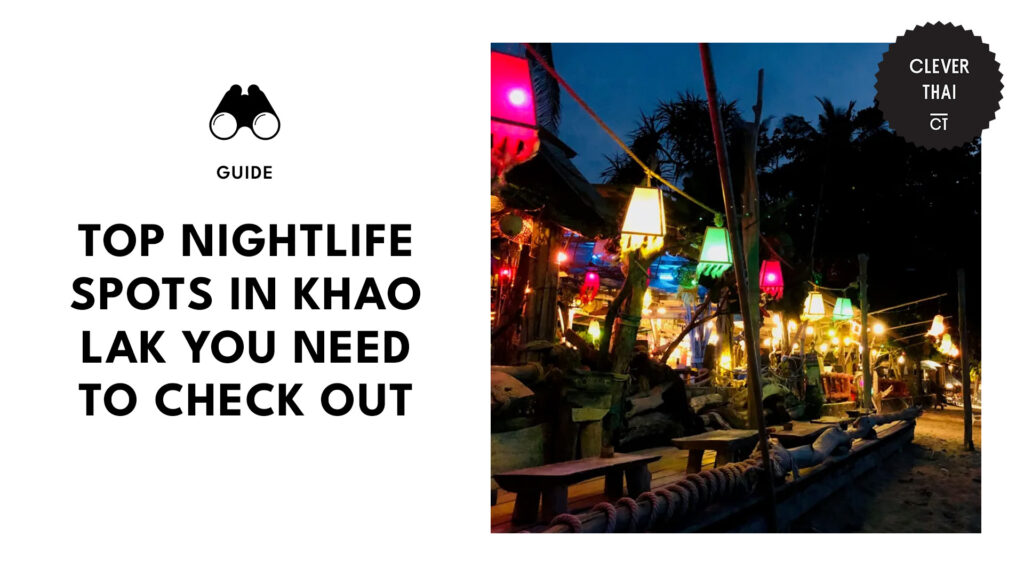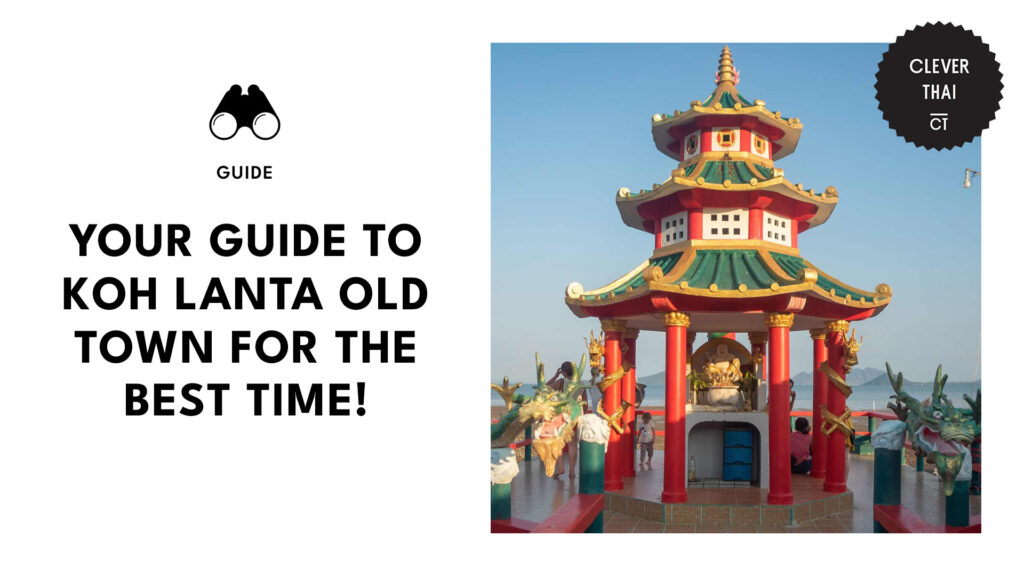Categories > Guides and Tips
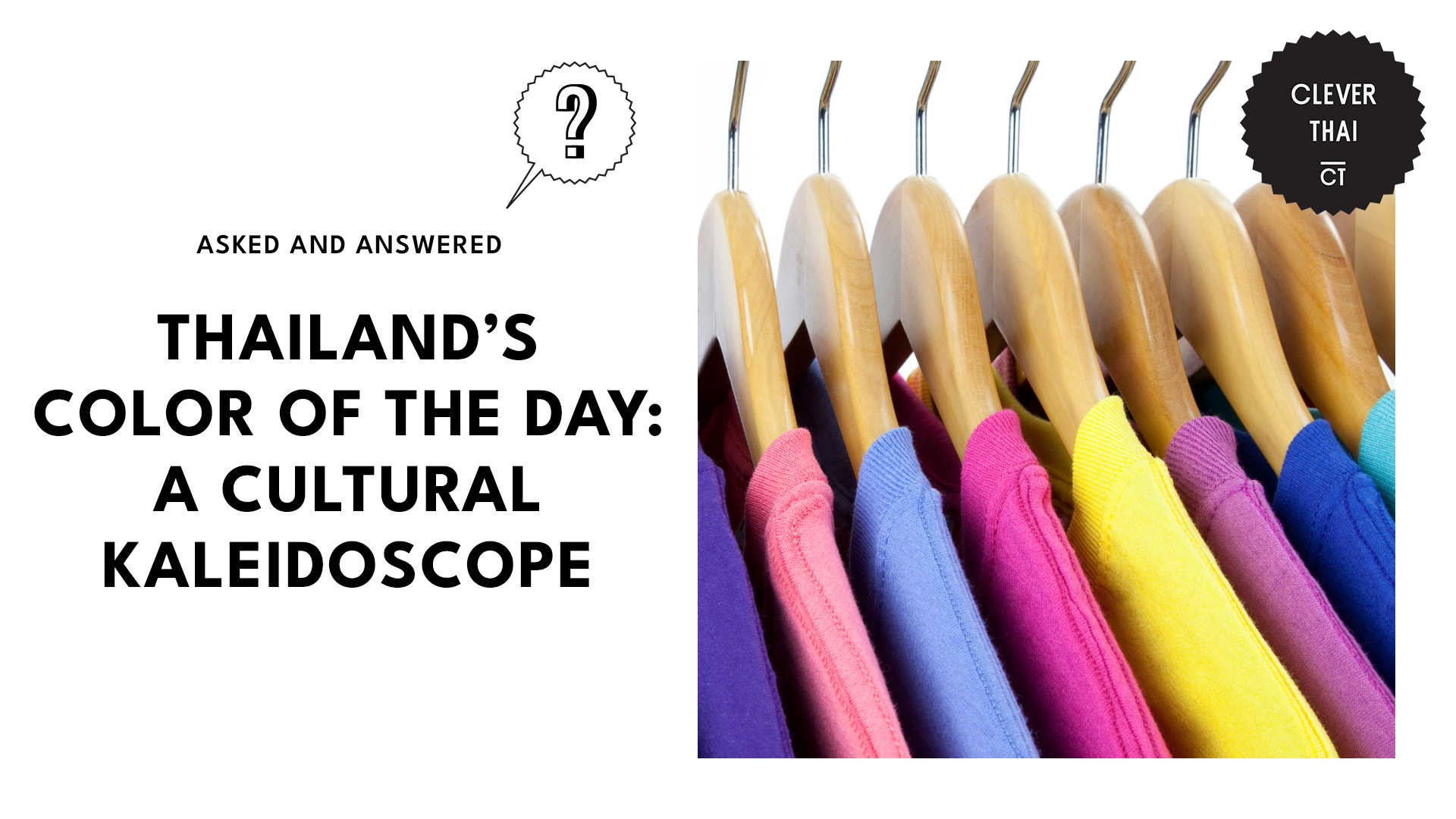
Thailand’s Color of the Day: A Cultural Kaleidoscope
- What are the colours for each day of the week in Thailand?
- Symbolism and Cultural Beliefs Surrounding Colours
- Sunday - Red
- Monday - Yellow
- Tuesday - Pink
- Wednesday - Green
- Thursday - Orange
- Friday - Blue
- Saturday - Purple
- Correspondence of Days with Colors, Planets, and Deities
- Lucky and Unlucky Colours for Each Day
- Significance of Wearing Yellow on Specific Thai Occasions
- Colours within the Context of the Thai Monarchy
In the enchanting tapestry of Thai culture, every day of the week comes alive with its own unique hue. From Sunday’s vibrant red to Saturday’s regal purple, Thailand’s daily colour practices are a vivid reflection of tradition, belief, and an enduring connection to the cosmos.
In this journey through the spectrum of Thai life, we’ll explore the profound significance of each day’s colour. We’ll uncover the rich historical origins and discover how these colours continue to paint the canvas of modern Thai existence.
Let’s dive into the vibrant world of Thailand’s daily colours and their captivating stories!
What are the colours for each day of the week in Thailand?
In Thailand, each day of the week corresponds to a specific colour: Sunday (red), Monday (yellow), Tuesday (pink), Wednesday (green/grey), Thursday (orange), Friday (blue), and Saturday (purple).
Wearing the designated colour is believed to bring good luck and ward off negative energy.
Symbolism and Cultural Beliefs Surrounding Colours
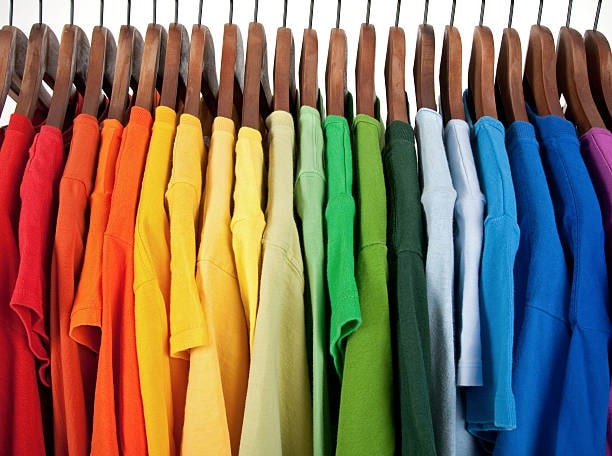
Colours can have an impact on our emotions and perceptions, and they’re a pretty big deal in lots of different places. Over in Thailand, they’ve got this cool thing where every day of the week gets its special lucky colour.
And nope, they didn’t just pull these colours out of a hat – there’s a whole bunch of history and culture tied up in those choices.
Sunday – Red
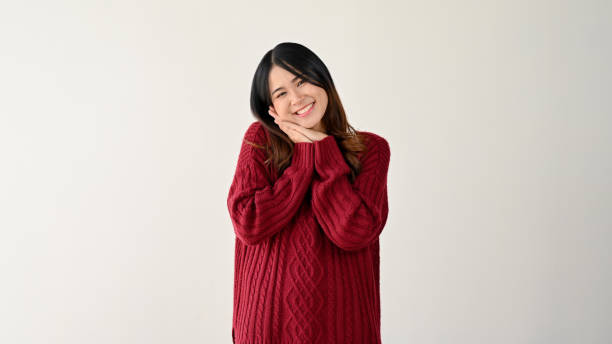
Sunday is represented by the fiery colour red. Associated with the sun, red signifies energy, courage, and protection.
In Thai ancient beliefs, there exists a mystical tale involving Phra Isuan, a prominent deity in Hinduism. It is said that Phra Isuan captured six lions and transformed them into a red powder.
He then enrobed the powder in red cloth and sprinkled it with holy water, thus creating the radiant Sun.
Also, many Thai people wear red on Sundays to boost their vitality and confidence.
Monday – Yellow

In Thailand, Monday is associated with the colour yellow. This tradition has its roots in the reverence for King Bhumibol Adulyadej, who was born on a Monday and whose royal colour was yellow.
Yellow is a symbol of the monarchy and is believed to bring good luck and protection.
Tuesday – Pink

Tuesday is represented by the colour pink in Thailand. Pink is associated with the planet Mars and is believed to bring strength and protection from danger.
You’ll often see people wearing pink clothing on this day to ward off negative energies.
Tuesday is also believed that Phra Isuan transformed eight buffalo into a powdery substance, which he carefully enveloped in soft, reddish fabric. He bestowed life upon the planet of Saturn by sprinkling holy water over this creation.
Wednesday – Green

Wednesday is the day of green in Thai culture. This colour is linked to the planet Mercury and represents growth, harmony, and health.
Many Thais wear green on Wednesdays to promote well-being and balance in their lives.
It also believed that Phra Isuan gathered 17 mystical elephants and transformed them into powder, securing them within a leafy green wrapping. With a final touch of holy water, he breathed life into the enigmatic planet Pluto.
Thursday – Orange
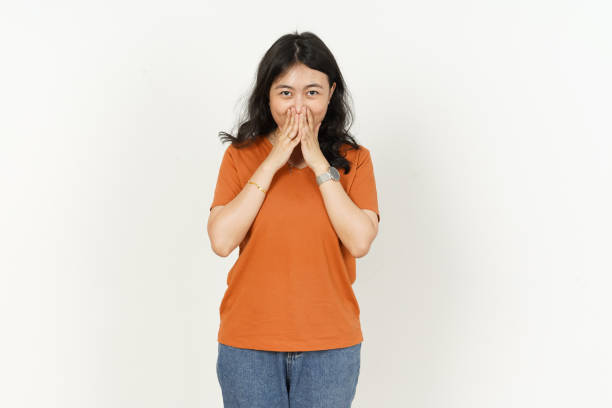
Orange is the colour associated with Thursday in Thailand. This choice is tied to the planet Jupiter and is believed to bring success and prosperity.
People in Thailand also wear orange to attract good fortune and wealth. It is also believed that Phra Isuan powdered 19 hermits and shrouded them in reddish-orange cloth, thus giving rise to the Planet of Mars.
Friday – Blue

Friday is a day for blue in Thailand, representing the planet Venus. Blue is associated with love, tranquillity, and relaxation.
It is a common colour choice for weddings and romantic occasions.
On this day, Phra Isuan’s mystical powers were harnessed to transform 21 bullocks into a powdery substance, which was then encased in a light blue fabric. The sprinkling of holy water bestowed life upon the captivating planet Venus.
Saturday – Purple

Purple takes centre stage on Saturdays in Thailand, connected to the planet Saturn. Purple symbolises power and authority and is often worn to enhance one’s social standing and influence.
Legend has it that Phra Isuan captured 10 tigers, applied a transformative powder, and swathed them in luxurious purple fabric. With the addition of holy water, the enigmatic planet Saturn came into existence.
Correspondence of Days with Colors, Planets, and Deities
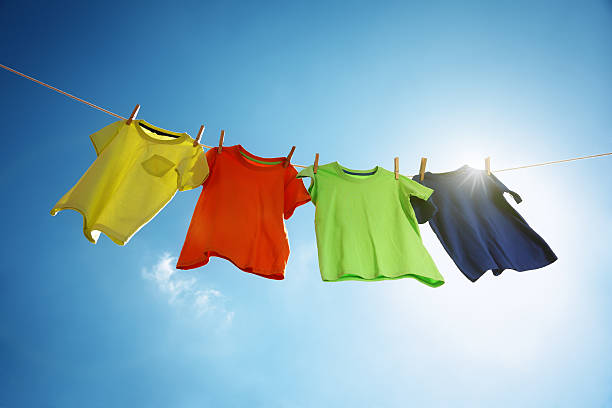
In Thailand, the association of days with specific colours, planets, and deities is more than just a cultural tradition; it is a reflection of the country’s deep-seated beliefs and astrological heritage.
This correspondence of days with colours, planets, and deities has shaped Thai daily life and rituals for generations.
The table below represents a concise overview of this unique and fascinating aspect of Thai culture. It provides insight into the profound connections between the days of the week and the cosmic influences they represent.
Lucky and Unlucky Colours for Each Day
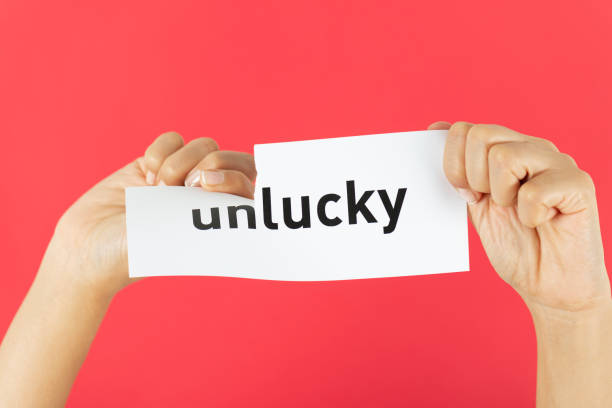
In Thai culture, there’s this fascinating thing where they connect lucky and not-so-lucky colours to each day of the week. It’s not just a fashion statement; it’s a deep-rooted belief system that’s been going strong for ages.
These colours aren’t just about looking good; they’re thought to have the power to shape your luck and well-being. It’s all tied to ancient astrology and religion. Each day is linked to a celestial body and its own deity, which in turn determines the lucky colour of the day.
So when Thais pick their outfits, they’re not just picking clothes; they’re getting in sync with the universe.
For instance, on Sundays, the go-to colour is yellow or gold because it’s all about the Sun and its deity, Surya. But watch out for blue on a Sunday; it’s believed to bring bad luck by messing with the cosmic vibes.
These colour traditions also show up in weddings, religious ceremonies, and other important life events, making sure everything happens under the best celestial influence.
Significance of Wearing Yellow on Specific Thai Occasions
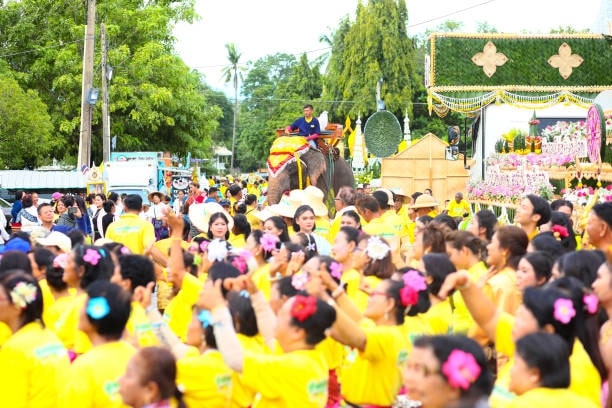
In Thailand, the choice of clothing goes beyond mere style—it’s a profound expression of cultural beliefs and traditions. One of the most captivating aspects of Thai attire is the deep significance of wearing yellow on specific occasions.
On festivals and ceremonies, you’ll often see the streets of Thailand bathed in the golden glow of yellow. One of the most iconic occasions is the celebration of Songkran, the Thai New Year.
During this time, people wear yellow attire as a sign of respect and reverence for their culture and traditions. The streets are adorned with yellow decorations, and even water used in the famous Songkran water fights is sometimes tinted with yellow for added cultural significance.
It is also believed to represent purity, inner light, and the pursuit of spiritual enlightenment.
Colours within the Context of the Thai Monarchy
Yellow, in particular, stands out as the colour of royalty and is associated with the Thai monarchy for a very special reason.
It all started with the birth of King Bhumibol Adulyadej, or King Rama IX as he’s often called. He happened to be born on a Monday, which is the day that’s all about yellow in Thai culture.
And just like that, yellow became the ultimate symbol of the monarchy and a way to show some serious love and respect for the royal family. When there’s a big royal party in town, you can bet yellow is going to steal the show.
Conversely, when it comes to occasions of mourning or remembrance for a deceased monarch, black is the dominant colour. It’s a sombre but deeply meaningful gesture, reflecting the collective sorrow and respect for the monarch’s legacy.
The Thai people don’t just wear yellow because they have to; they do it because they genuinely adore the monarchy. You’ll see Thais decked out in yellow clothes, rocking yellow accessories, and even flying yellow flags to show their loyalty and respect.
Yellow is more than just a colour; it’s a symbol of unity and admiration for the Thai royal institution.

